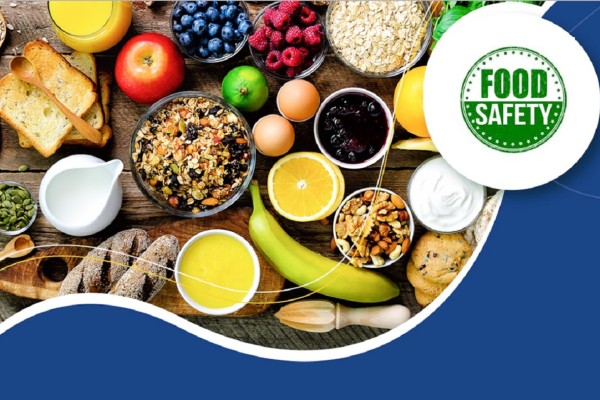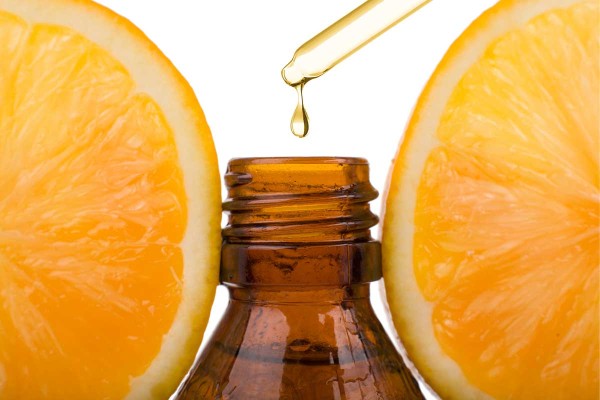SARS-CoVid-2 on frozen packages: What's true?

In China, outside sanitation process for frozen food is mandatory due to Covid 19 policy since November: According to “The workplan for preventive comprehensive disinfection of imported cold-chain food” - issued by the Group of joint prevention and control mechanism on COVID-19 of the State Council on November 8, 2020- the State Council strictly requires that no food products should be allowed to enter the market for sale unless they come with proof that the packages have been sanitized.[1]
Why is China taking these measures for frozen packages? It’s well known that the virus stays on the skin and can enter the body through eyes, mouth and nose.
But what happens when the virus plans on common surfaces? Will it survive, and how long?
An article published on Virology Journal last October demonstrates that on common surfaces (like glass, stainless steel and both paper and polymer banknotes) the virus can remain infectious, with a different range depending on the temperature: the higher the temperature, the lesser the time the virus can survive: up to 28 days at 20 degrees, less than 24 hours at 40 degrees or more.[2]
It should be noted that several studies found that the transmission of the virus from common surfaces is “unlikely”.[3]
Nevertheless, although no direct link has been established between COVID-19 infection and foodborne transmission, a series of incidents highlighted frozen foods as carriers for the long-range transport of SARS-CoV-2 during the current pandemic.
It can be useful to remark here the distinction between CoVid19 and SARS-Cov-2. CoVid 19 is the name of a disease. In CoViD-19, CO stands for corona, VI for virus, D for disease and 19 indicates the year it was discovered. Severe acute respiratory syndrome coronavirus 2, shortened to SARS-CoV-2, is actually the virus that causes COVID-19 (the disease). You can read more about the nomenclature here.
Most of the evidence on SARS-CoV-2 detection on frozen foods appeared in China between July-August 2020, but also recently (in November and December) we assisted to a increased number of detections on imported frozen food, and for the first time on local frozen food in the city of Chuzhou, in central Anhui.[4]

So, what happens with cold temperatures? Is it true that the virus can survive on frozen food and packages?
The answer can come from a recent study conducted by a Chinese team of researchers and published in October.
“In a controlled laboratory study, Fisher et al. (2020) examined the persistence of SARS-CoV-2 on refrigerated and frozen salmon, chicken, and pork over a period of 21 days. The study found that the titers of SARS-CoV-2 remained virtually constant, and the inoculated viruses maintained their infectivity on both refrigerated (4 °C) and frozen (− 20 °C and − 80 °C) samples. […] Although the likelihood of food-to-human transmission is considered lower when compared with other routes such as respiratory droplets and fomites, these should not be neglected as a risk factor.” [5]
Furthermore, “The continuous low-temperature environment kept through the storage and transport of refrigerated and frozen foods can dramatically prolong the survival of SARS-CoV-2, a characteristic commonly observed on other coronaviruses. When deposited on surfaces, SARS-CoV-2 showed higher persistence on plastics, which are extensively used in food packaging.” [6]
Even if up to now it hasn’t been proved any contamination based on manipulating frozen food, our recommendations, based on the abovementioned evidences, are the following:
- Always cook the food, both frozen and fresh.
- Do not touch your face while manipulating food packages.
- Wash your hands accurately after touching food and packages.
- Store the packages properly.
- Wash and disinfect the cooking utensils after using.
[1]http://www.gov.cn/xinwen/2020-11/09/content_5559179.htm
[2] Riddell, S., Goldie, S., Hill, A. et al. The effect of temperature on persistence of SARS-CoV-2 on common surfaces. Virol J 17, 145 (2020). https://doi.org/10.1186/s12985-020-01418-7
[3] G. Kampf, S. Lemmen, M. Suchomel, Ct values and infectivity of SARS-CoV-2 on surfaces, The Lancet, November 19, 2020 and related references - https://doi.org/10.1016/S1473-3099(20)30883-5.
[4] https://ah.ifeng.com/c/82H0vgAocA4
[5] Han, J., Zhang, X., He, S. et al. Can the coronavirus disease be transmitted from food? A review of evidence, risks, policies and knowledge gaps. Environmental Chemistry Letters, Oct. 2020 - https://rdcu.be/ccCRu
[6] Han, J. et al, 2020, cit.


